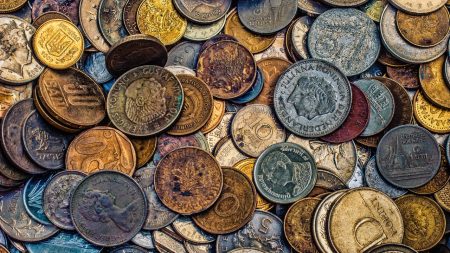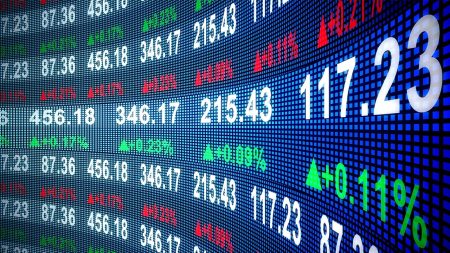This series of articles is designed to convince readers that stamp investing is not just for the wealthy or requires expertise which can only be gained over years of study. It is an investment similar to securities but with an entirely different risk profile. No, it is not as easy to buy and sell stamps as it is stocks but it is also not as volatile in pricing and has a better performance profile than stocks. In part 2 of this series, I focused on my study published in 2020 making many of the same points I made in an earlier study published in 1994. It is worthwhile looking at this earlier study since it provides proof positive that stamps deserve consideration as a valuable investment diversification.
In 2020 I made an analysis of the recommendations made in my 1994 guide titled, “Best Buys In Postage Stamps.” That booklet addressed over 16,000 stamps giving their appreciation histories and assigning an appreciation potential based on past results and other attributes. The results showed that mint stamps recommended in 1994 appreciated 195.5% or 7.8% per year over the 25 years from 1993 to 2018. The items not recommended also appreciated but at a lower 155% or 6.2% per year. These results validated two assumptions. First, it proved that stamp appreciation for stamps valued at $25 or more and issued prior to 1950 were more likely to appreciate than those issued subsequently. Secondly, it proved that analytic metrics could be applied to such stamps to find those stamps that will do better than average. What is particularly encouraging is that this took place during a time when overall, prices for cheaper stamps declined assumedly due to the Internet and negative collector demographics. We now see that this decline was not true for investment caliber stamps.
The analysis also dealt with the performance of used stamps during this same 1993 to 2018 time period. That analysis covered some 11,552 items. The recommended items, 4,164 now valued at $13,807,210, returned 255.5% or 10.2% per year. Some 7,388 items were not recommended. They returned an average of 8.8% per year. This demonstrates just how strong the stamp market has been over the last 25 years. Their lower average return versus that for the recommended stamps is clear testimony that using financial analysis metrics on stamps does produce more positive results.
The overall performance of used stamps exceeded that of mint stamps (10.2% versus 7.8%) as did the aggregate value of stamps in the over $25 category ($29,026,877 for used versus $19,512,244 for mint). This reflects the fact that collecting used stamps is more popular than mint ones. However, it stands to reason that mint stamps from these early years must be much rarer and have many more quality issues, making mint never hinged or mint with decent gum a much more difficult find. Hence, over time, it is likely that mint stamps will significantly outperform used ones.
Note we tend to use 10 or 25 year time periods for many of our statistical measures because pricing some one million stamps both mint and used is a massive task. Hence, catalogs such as Scott may take five or ten years between updates. This means that when buying a specific high priced stamp, it is worthwhile consulting a website such as stampauctionnetwork.com for auction results for similar items. Certain stamps are so rare that they may not trade publicly for decades. Hence a 5 or 10 year period without a price change is not in and of itself a negative. Here too checking auction results, or lack thereof, becomes an important valuation consideration.
Read the full article here
















